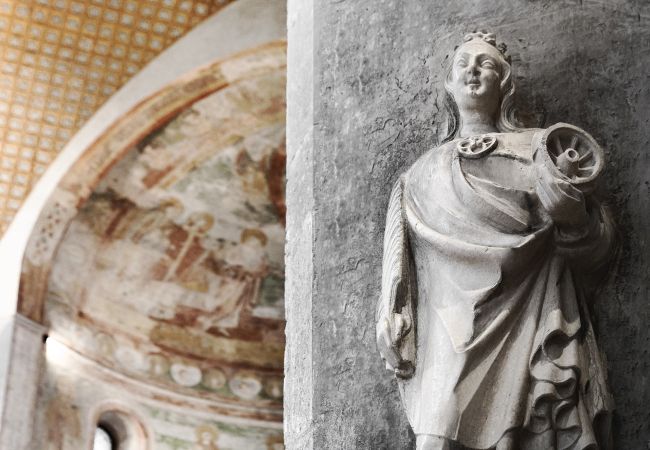Friuli Venezia Giulia, a region nestled in the heart of Europe, holds an archaeological heritage of immeasurable value, with Aquileia representing one of its most precious gems. This ancient Roman city, declared a UNESCO World Heritage Site, is a veritable open-air museum that recounts centuries of history through its extraordinary archaeological sites.
Founded in 181 BC, Aquileia was one of the most important cities of the Roman Empire and today offers visitors the opportunity to immerse themselves in a journey through time. Its archaeological site includes the imposing Basilica, famous for its floor mosaics among the largest and best-preserved of the Roman era. Strolling among the ancient ruins, visitors can admire the remains of the Roman Forum, the River Port, and the ancient dwellings, silent witnesses of a glorious past.
Not far from Aquileia is the archaeological site of Aquileia, another important historical center of the Roman era. Here, excavations have unearthed an amphitheater, baths, mosaics, and a series of artifacts that depict daily life thousands of years ago.
Friuli Venezia Giulia also hosts other significant archaeological sites, such as the Archaeological Park of Cividale del Friuli, the ancient seat of the Lombard Duchy. This city, also a UNESCO World Heritage Site, holds unique treasures such as the Lombard Temple and the National Archaeological Museum.
For history and archaeology enthusiasts, a visit to the Archaeological Museum of Udine is essential. Here, visitors can admire a vast collection of artifacts from across the region, offering a comprehensive insight into the history and culture of Friuli Venezia Giulia.
Friuli Venezia Giulia is not only a land of natural beauty and gastronomy but also a place where ancient history comes to life through its extraordinary archaeological sites.

